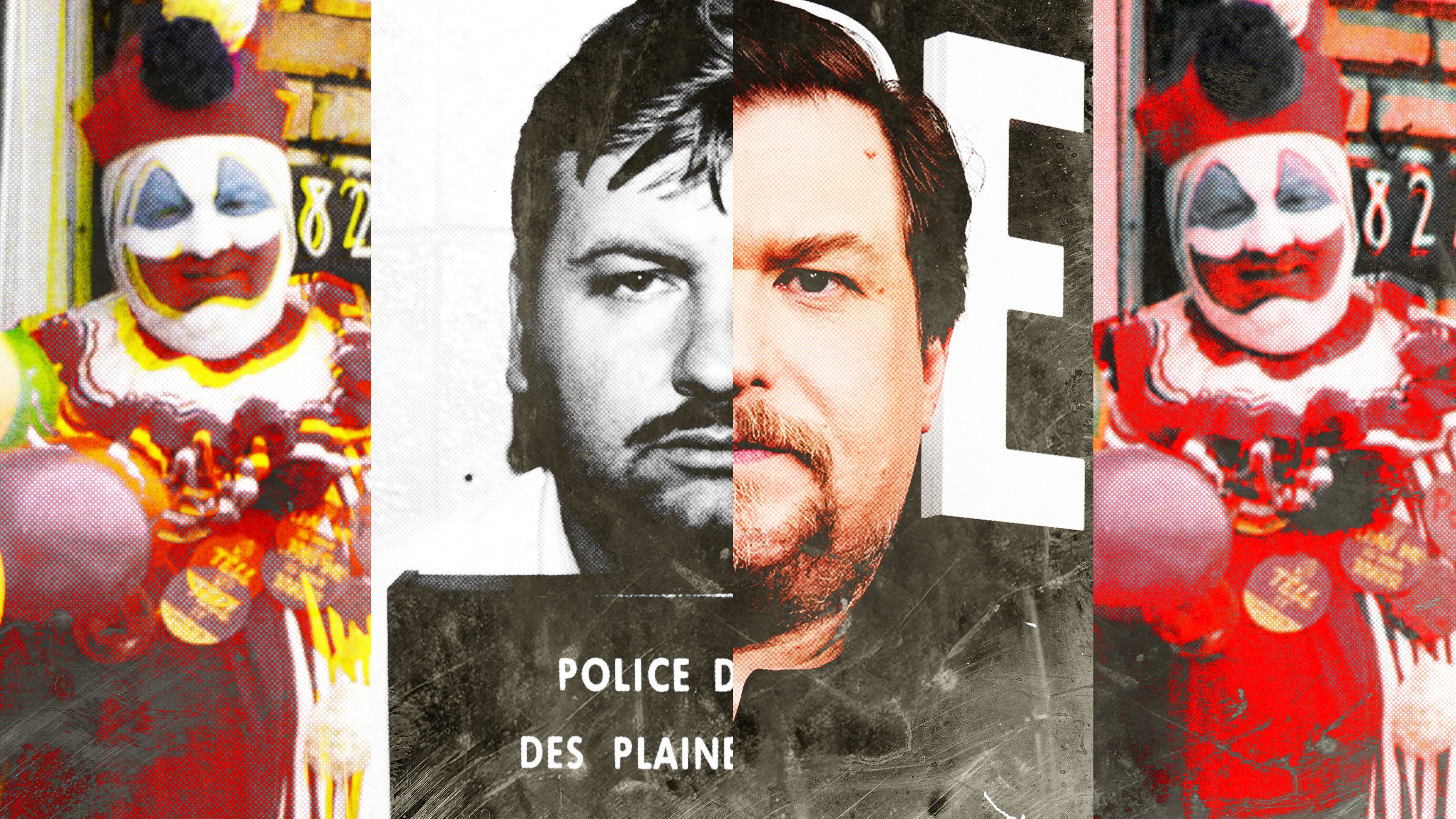
Michael Chernus's Transformation: Becoming John Wayne Gacy in "Devil in Disguise"

(Spoiler Alert: This article discusses details of the series "Devil in Disguise: John Wayne Gacy.")
The new Peacock series, Devil in Disguise: John Wayne Gacy, explores the chilling story of one of America's most notorious serial killers. But what's truly fascinating is the dedication and approach of actor Michael Chernus, who takes on the challenging role of John Wayne Gacy. Unlike some actors who immerse themselves completely in a role, Chernus made a conscious decision to keep a healthy distance from the character off-screen.
A Respectful Approach to a Dark Subject
According to creator Patrick Macmanus, Chernus was a leader on set, fostering a positive and supportive environment. This was especially important given the heavy subject matter. “Every step of the way, he was a leader on set, and he made it a set that you wanted to be a part of,” says Macmanus. “It could have been totally understandable for somebody in his position to not be present with everyone else, and that is the exact opposite of what he was from the jump.” This contrasts sharply with other actors who might isolate themselves to "stay in character." Chernus's approach was to be present and supportive, ensuring the well-being of the entire cast and crew.
Delving into the Mind of a Killer
John Wayne Gacy, arrested in 1978, continues to be a subject of morbid fascination. He's been portrayed in various films, documentaries, and podcasts. This new series, however, aims to tell a different story. It focuses not only on the capture of Gacy after numerous law enforcement failures, but also on the lives of his young victims, their grieving families, and the few survivors. The series highlights that of the 33 victims Gacy was convicted of killing, five remain unidentified, which is a stark reminder of the true human cost of this tragedy.

Focusing on the Victims, Not the Sensationalism
Each episode of Devil in Disguise is named after one of Gacy's victims, revealing their lives before their tragic encounter with the serial killer. Their real-life photos are shown in the closing credits, emphasizing their humanity and individuality. This deliberate choice ensures that these young men are not simply defined by their connection to Gacy. This series avoids glorifying the violence. Macmanus emphasizes a commitment to never showing a murder on screen. This decision sets Devil in Disguise apart from other true crime adaptations that have been criticized for exploiting trauma.
The "Killer Clown" - A Subdued Symbol
The image of Gacy as the "Killer Clown" is iconic, but the series uses this imagery sparingly. This deliberate restraint serves to de-sensationalize the story and focus on the deeper issues that allowed Gacy to operate for so long.

Systemic Failures and the Enduring Relevance
Devil in Disguise highlights the systemic failures that allowed Gacy to get away with his crimes for so long. Rampant homophobia, class bias, and the tendency to dismiss teenage boys as runaways all contributed to creating an environment where Gacy could operate with relative impunity. The series argues that these issues are still relevant today, emphasizing the need for continued vigilance and social action.
Chernus's Personal Toll
Even with his measured approach, portraying Gacy took a toll on Michael Chernus. He described feeling the gravity of the role only after filming wrapped, and needing a month to recover. This honest reflection reveals the emotional weight that comes with portraying such a dark and disturbing figure.

A Haunting Experience
Chernus described a chilling experience while researching the role in Chicago. While visiting the site of Gacy's former home, he felt a palpable sense of unease, even though the original house no longer exists. This experience underscored the reality of the story and the enduring impact of Gacy's crimes.

Devil in Disguise: John Wayne Gacy offers a compelling and nuanced portrayal of a horrific chapter in American history. It's a story that is chilling, thought-provoking, and ultimately, a reminder of the importance of empathy and justice.